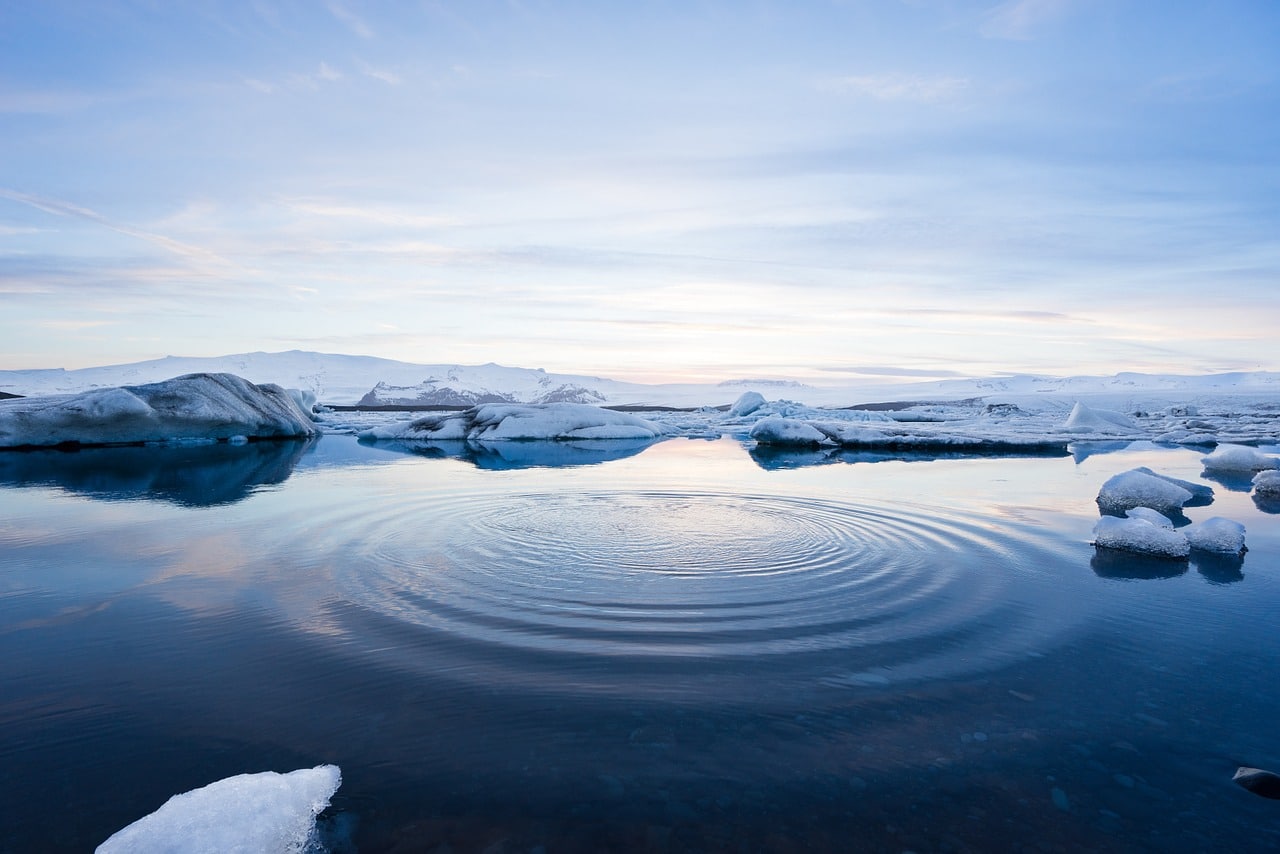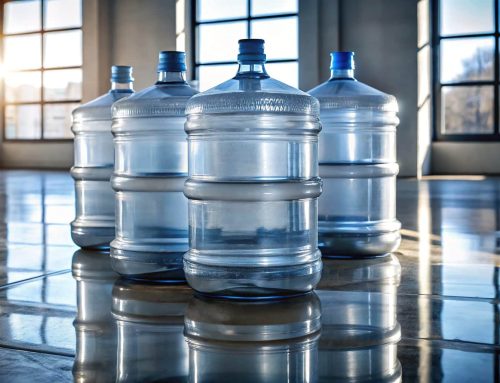Every molecule has a level of polarity, which is not the only constituent on atoms since it also depends on their alignment and arrangement around central atoms.
To have a clearer understanding of the polarity of water, you must understand what makes a molecule polar, which is primarily the shifting of electrons in a certain direction. It all depends on the bonds that contain electrons.
Since the presence of higher levels of power in an atom tends to attract electrons, leaving any negative charge thereof, to turn the two atoms polar, it also results in the molecule becoming polar.
The electron density of a bond that is now polar will accumulate towards the very end of the bond, which will result in the end processing, that could possess a negative charge, in contradiction to the opposite end, which may again possess a positive charge. This occurrence turns a molecule polar.
A molecule is considered as nonpolar when a molecule does not possess regions of any positive or negative charge.
The bigger the electronegativity difference, the bigger the polar bond will be inside of a molecule.
The reason why water is polar
Water is made from a chemical formula that we all recognize as H2O.
H20 refers to two hydrogen atoms that are paired with one oxygen atom and consists of a single electron. The oxygen atoms contain 6 valence electrons. Considering that oxygen contains 6 electrons, it also shares an electron with both hydrogen atoms, that leaves it at 4 unbonded electrons in 2 orbitals. Both bonded and unbonded pairs of electrons arrange themselves around oxygen, leaving the two bonds to appear in a bent shape.
When hydrogen and oxygen atoms are put together, both bonds are polar and given that oxygen is far more electronegative than hydrogen, a shift occurs in the electron density, which leaves oxygen more negative than the hydrogen atoms. This results in a water molecule to thus become polar.
Get water dispensers and rent water cooler from Living-Water in London.






